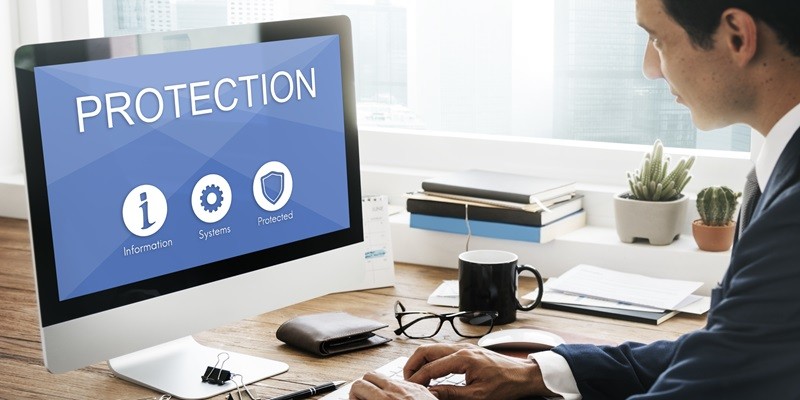Last Updated on May 5, 2025 by Jim C.
Cyber-attacks are on the rise, and they can cause serious damage. Hackers can steal personal information, disrupt websites, and even cause financial loss. In fact, more than 2,200 cyberattacks are attempted every single day.
Having said that, if you have a website, especially for your business, keeping it secure is a must. It can save you from huge losses and protect your reputation.
But how do you keep your website safe from all these threats lurking in the digital world? Don’t worry—in this blog post, we’ll share some simple yet powerful techniques to boost your website’s security and keep cybercriminals at bay.
Secure Your DNS with Historical Analysis
Understanding the history of your Domain Name System (DNS) is a powerful tool for protecting your website. By analyzing DNS history, you can spot any unusual changes that might indicate someone is trying to use similar-looking domains to trick your users—a tactic often used in phishing attacks.
In fact, platforms offer tools that track DNS history over time. This helps you see if your domain has been compromised. Moreover, this historical data is crucial not just for spotting phishing attempts but also for monitoring your website’s infrastructure. By monitoring how your domain’s associations and settings have shifted, you can better understand and secure the pathways through which users and data travel.
This kind of vigilance ensures your site remains a safe place for visitors and helps maintain your business’s credibility.
Use Strong Authentication Measures
Strong authentication measures are vital for keeping your website secure. One of the most effective methods is two-factor authentication (2FA). This adds an extra layer of security by requiring a password and username, which is something only the user has on them, like a mobile phone. This means even if someone steals your password, they can’t access your account without this second factor.
Strong password policies are equally important. Encouraging or enforcing passwords that include a mix of letters, numbers, and special characters and are of a certain length greatly reduces the risk of being hacked. It’s a simple step that helps block unwelcome visitors from gaining access to your site.
Regular Software Updates
One of the most straightforward ways to keep your website secure is by regularly updating your content management system (CMS), plugins, and server software. These updates often include security patches that fix vulnerabilities, which can prevent hackers from exploiting old security holes.
Consider setting up automatic updates to make this process less of a hassle. This ensures your software is always current without manually checking and applying updates yourself. Automating updates saves time and reduces the risk of missing critical security improvements. By staying updated, you’re taking a significant step towards protecting your website from potential threats.
Conduct Regular Security Audits
Regular security audits are key to maintaining your website’s safety. Regular checks can spot weaknesses before hackers do, keeping your site secure. Vulnerability assessments are crucial; they help you see where your website might be at risk.
By using specialized tools, you can scan your site for these weak spots and fix them promptly. Think of these tools as your digital security guards—they watch over your site, ready to spot and fix problems before they can cause any harm. Making these audits a regular routine ensures that your defenses are always up to date, protecting your website from potential threats.
Implement HTTPS and SSL Certificates
Implementing HTTPS and SSL certificates on your website is crucial for maintaining a secure environment. These technologies ensure that the data exchanged between your website and its users is encrypted. Any information sent, like credit card numbers or personal details, is turned into a code that only the intended recipient can decode.
SSL certificates play a vital role here. They authenticate your website’s identity, assuring visitors that they are indeed communicating with your official site and not a fake one designed to steal their information. When users see the padlock icon next to your website’s URL, they know their data is protected, making them more likely to trust and engage with your site.
Backup Your Data
Regular data backup is a crucial step in protecting your website from cyber threats. By scheduling automatic backups, you ensure that your website’s data is saved at regular intervals. This means that if your website ever suffers from a cyberattack or other issues, you can restore it to its last secure state without major losses.
Additionally, consider using offsite or cloud backups for an extra layer of security. Storing backups in a different location from your main servers reduces the risk of losing both your primary and backup data to the same incident. This practice helps keep your website and its data safer and more resilient against various threats.
Final Words
Securing your website is not just a one-time task—it’s an ongoing process that keeps your online presence safe and sound. By adopting the right security measures, you protect your site and build trust with your visitors. Stay vigilant, stay updated, and keep your defenses strong. Your website is worth protecting!

